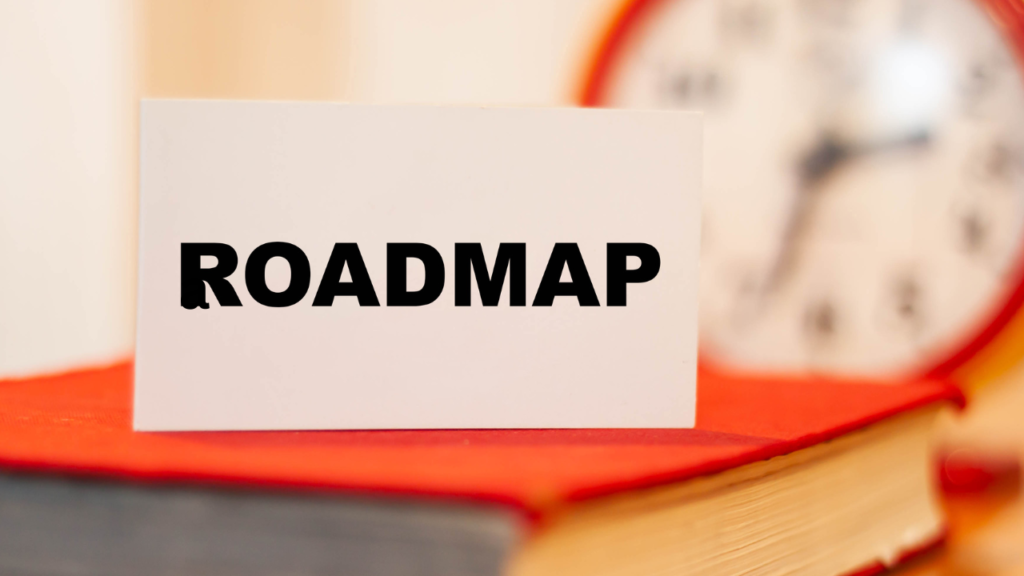Java Full Stack Developer Roadmap
Hello everyone! In today’s article, I’m going to take you through the ultimate roadmap to becoming a Java Full Stack Developer. Whether you’re a beginner or looking to get new skill , this article will guide you step by step that what technologies to learn, how to build projects, and how to become job-ready.
Who is a Full Stack Developer?
A full stack developer is someone who is expert in both frontend and backend development. In this article, we’ll focus on Java for backend development and modern web technologies for the frontend. A full stack developer can handle everything from building the user interface to managing databases and server-side logic.
Why Choose Java?
The reason is Java is one of the most powerful and widely-used programming languages. It offer robust backend development with frameworks like Spring Boot, and integrates well with different frontend technologies. Java has a ecosystem and a strong community that’s make it a great choice for large scale enterprise applications.
Roadmap Overview:

We’ll break down the roadmap into four main sections:
1. Frontend Development
2. Backend Development
3. Databases
4. Tools & Best Practices
1. Frontend Development:
To become a full stack developer, you need to learn the following frontend technologies:
HTML & CSS: Start by understanding HTML structure and styling with CSS.
you can learn HTML from => Click Here
you can learn CSS from => Click Here
JavaScript: Learn the basics of JavaScript, including ES6+ features.
you can learn JavaScript => Click Here
Frontend Frameworks: you have to learn frameworks like React.js, Angular or Vue.js. I recommend React.js as it is widely used and easy to learn.
Responsive Design: you have to learn how to create responsive web pages using CSS Flexbox or Grid and frameworks like Bootstrap.
2. Backend Development with Java:
For backend development, you have to focus on Java and its related technologies:
Core Java: Understand OOP principles, data structures, and collections.
Servlets & JSP: These are good for understanding the fundamentals of server-side development.
Spring Framework:
Spring Boot: To build robust REST APIs quickly.
Spring MVC: For handling web applications.
Spring Data JPA: For database interactions.
Spring Security: To implement authentication and authorization.
APIs and Web Services: Learn how to create RESTful API using Spring Boot.
You can learn Backend From => Click Here
3. Databases:
A full stack developer should be comfortable with both SQL and NoSQL databases:
SQL Databases: You can learn MySQL, PostgreSQL, or Oracle. You have to learn how to write queries, joins, and manage data using Spring Data JPA.
NoSQL Databases: You have to gain a basic knowledge of MongoDB, which is often used in modern applications for unstructured data.
4. Tools & Best Practices:
Learning Path:
1. Start with Core Java and OOP concepts.
2. Move on to Frontend Development with HTML, CSS, and JavaScript.
3. Choose a Frontend Framework (e.g., React.js).
4. Learn Backend Development with Spring Boot.
5. Understand Databases and practice with MySQL and MongoDB.
6. Get familiar with Git, Build Tools, and Testing Frameworks.
7. Build Projects to showcase your skills on GitHub.
8. Finally, learn about Deployment and CI/CD pipelines.
So, that’s the complete roadmap to becoming a Java Full Stack Developer.



A very informative article! I found the roadmap to becoming a Java Full Stack Developer quite detailed and well-structured. It’s great that you’ve highlighted the importance of both frontend and backend skills, especially with Java’s robustness in backend development. I’m curious, though, how long would it typically take for a beginner to follow this roadmap and become job-ready? Also, do you think learning Java is still relevant given the rise of other languages like Python and JavaScript? I’d love to hear your thoughts on how Java compares to these languages in the current job market. What’s your take on the learning curve for someone transitioning from a different programming background? Looking forward to your insights!
Yes, Java is still highly relevant, especially in enterprise, backend, and Android development, with strong job market demand.
While Python and JavaScript are more beginner-friendly, Java offers long-term value and robustness for scalable applications.
This is a great guide for anyone looking to dive into Java Full Stack Development! I appreciate how it breaks down the process step by step, making it accessible for both beginners and those looking to upskill. Java’s versatility and its integration with modern frontend technologies make it a solid choice for building scalable applications. The mention of Spring Boot and its ecosystem is particularly helpful for understanding backend development. However, I’m curious—how much time would you estimate it takes to become job-ready following this roadmap? Also, do you have any recommendations for specific projects to build that would showcase these skills effectively? Overall, this is a very motivating read, and I’m excited to start this journey! What’s the first step you’d suggest for someone completely new to programming?
Don’t think too much just start you journey and first learn java basics